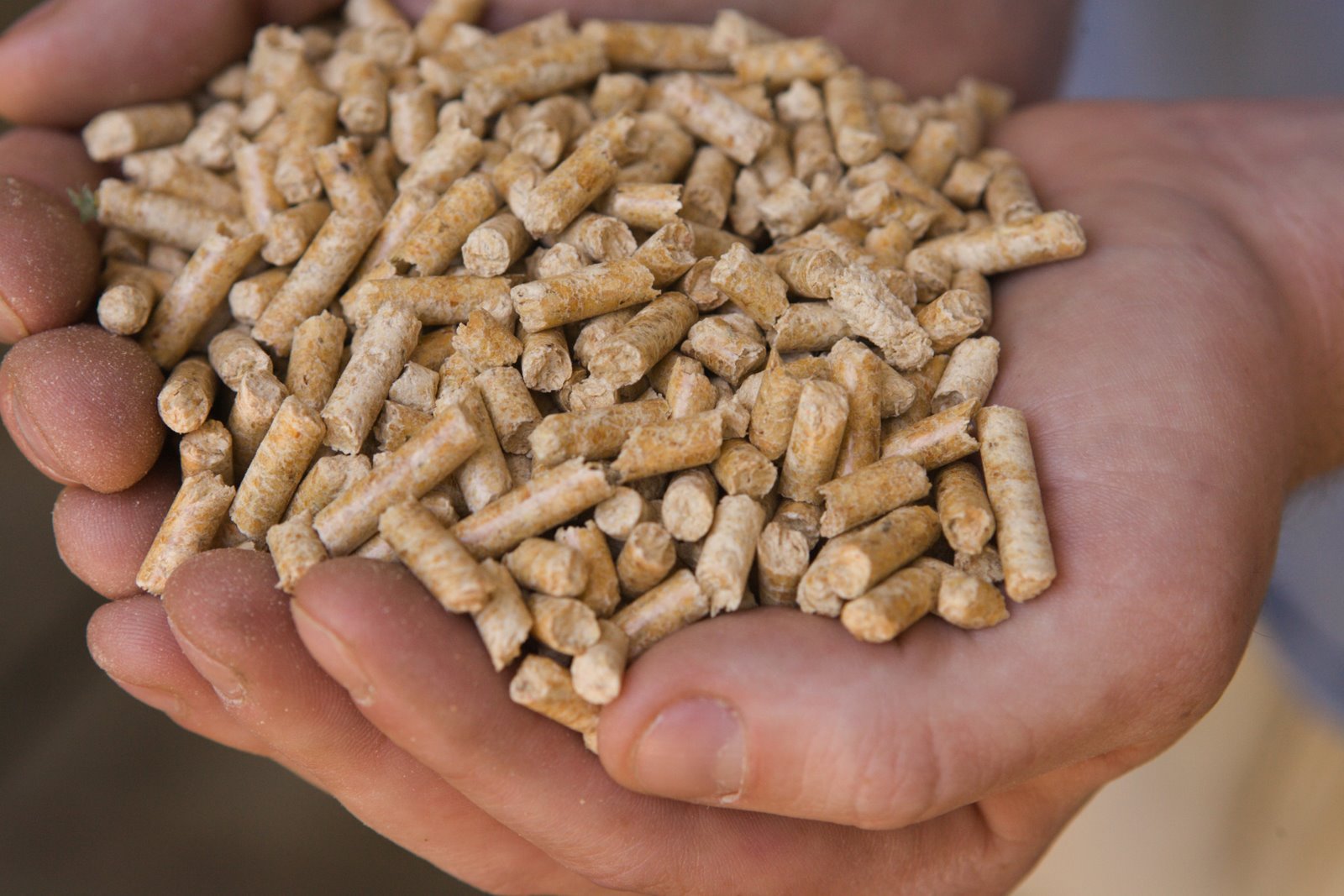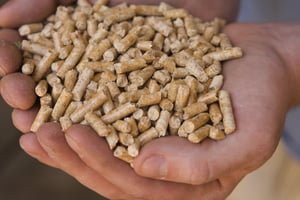
While the New Hampshire legislature recently modified the state’s Renewable Portfolio Standard (RPS) to aid its forest products industry, a long-term solution for biomass power generation on a national scale is unlikely. The NH law will impact the market for three years in 2017, 2018 and 2019, which will secure a home for over 3 million tons of low-grade wood—both pulpwood and biomass—but what will happen to this state’s biomass market beyond 2020 is anyone’s guess. On a broader scale, is biomass a feasible feedstock for existing electricity providers across the US?
Per a recent study by Bin Mei at UGA's Warnell School of Forestry and Natural Resources and Michael Wetzstein with Purdue University, the answer—based on current economics—is discouraging for those favoring existing, large-scale renewable resources. If the US wants to begin using forest biomass or wood pellets to generate energy, the price of energy will increase and either the government or power customers will have to make up the difference. Right now, "it's just not economically feasible to use wood pellets in energy production," said Mei.
The US vs. Europe
Wood pellets are used throughout many European power plants, however, they are a feedstock that is heavily subsidized by government in an effort to cut fossil fuel emissions and reach target use rates of renewable sources of energy. These pellets are also typically used in a "co-firing" method, whereby a power plant burns both coal and wood pellets and switches between the two feedstocks. Even as a fill-in feedstock for coal, wood pellets are indeed expensive and subsidies are the only reason they are feasible in Europe. 
But the US is much different than Europe when it comes to energy production. In the US, power plants have traditionally used coal to produce electricity and with a much larger land mass, varying state regulations, access to feedstocks, existing infrastructure, etc., implementing such a massive change of this scale would also be very expensive. American electricity producers can't simply abandon their coal-fired plants, Mei added. The plants are designed to last decades and are built and maintained at significant costs. However, they can be modified to burn some biomass, and wood pellets are one of the easiest things to switch to, he said.
Should US energy providers attempt to switch to a co-firing method, they'd be forced to pass on costs to their customers not only to convert to co-firing plants, but also to maintain inventories of pricier wood pellets. In their study, Mei and Wetzstein looked at the fluctuating coal and wood pellet prices and incorporated price uncertainty and conversion costs into decision making. They found that a decline in wood pellet price may not immediately trigger the adoption of mixed fuel of a power plant because of the conversion cost.
This is known as the "inertia effect" in economics, but a shift in government policy can change this situation. They also found that producing power in the US with a mixture of coal and wood pellets simply isn't a "commercially viable option in most cases," Mei said. Based on historical price data, "the price pairs fall into the switch-to-coal region, meaning that it is not economical to co-fire wood pellets with coal because the mixed fuel cost increases with the share of wood pellets."
Mei said there would be times when converting plants to co-fire with wood pellets would be feasible, but all of the scenarios would require either a government subsidy or an extra fee charged to power customers. The government would have to pay $8 billion to prompt power plants to convert to using both coal and wood pellets, and $2.7 billion to retain current co-firing power plants, Mei said. "These numbers are roughly comparable to the subsidies and tax credits for solar and wind energy on a per-unit basis," Mei said. "Therefore, renewable energy policies should give equal priorities to wood pellets co-firing as to solar and wind energy in the US."
Reality for Renewables: Monetary Costs
The most efficient method to give renewable energy a real opportunity is to level the market’s playing field. Even within the renewables sector, individual feedstocks must be given equal treatment, i.e. wood pellets, solar, wind, etc. But without a value on net carbon addition, the playing field is simply not level. Fossil-based energies continue to benefit from direct and indirect tax assistance, and fossil fuels are currently not carrying their portion of the societal costs of net carbon addition.
The issue is not that renewables are too expensive; rather, it is that fossil-based energies are too inexpensive due to these benefits. Fossil energy is the largest subsidized sector in the global economy. According to a recent International Monetary Fund (IMF) estimate, fossil fuel companies are benefitting from global subsidies equaling $5.3 trillion a year, which is equivalent to $10 million a minute, every day of the year. To put that number in perspective, the estimate is also greater than the total health spending of all the world’s governments.
Fossil Energy Social Costs
It’s difficult to put an accurate dollar figure on the high social costs associated with a global reliance on fossil fuels. In theory, the figure represents all the economic costs of climate change measured as the damage done by each net ton of carbon dioxide emitted into the atmosphere. Global carbon emissions from fossil energies are roughly 10 billion tons, and the annual dollar cost is approximately $37 per ton of CO2. (This equates to an approximate cost of $0.37 per gallon of gasoline based on 20 pounds of CO2 emitted per gallon of gasoline.) Some of the associated costs not encompassed in this number include the displacement of certain coastal populations, loss of/damage to wildlife and wildlife habitats, peripheral healthcare and quality of life costs.
The reality moving forward is that energy prices will increase with broader employment of renewables, which will indeed be a difficult adjustment for consumers. However, if we get to the point that the true cost of fossil energy is reflected in its pricing, renewables will compare much more favorably on an economic basis and the social risks will begin to be mitigated.
As stated earlier, the real impediment for renewable energy is not that it is too expensive; it’s that fossil energy is artificially too cheap. As Mei and Wetzstein conclude, wood pellets remain disadvantaged for this very reason. However, as large utility providers proactively trend towards cleaner energy production, higher costs may become the norm… with or without government subsidies. As this change becomes reality, co-firing with wood pellets is a realistic method to begin incorporating more renewables into the US energy portfolio.





